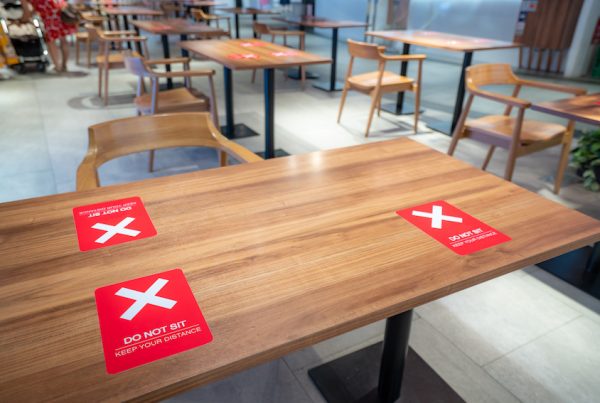We typically look at food as our source of energy but let’s turn the tables around – how much energy does it cost to prepare a typical meal of say, grilled chicken with potatoes and vegetables? When it comes to energy, we have to look beyond the electrical items because before we even turn on the gas or oven we are already utilising energy. “With our first bite we implicate ourselves in the food system, and the food system is responsible for 30 percent of worldwide carbon emissions. That is to say, almost a third of greenhouse gases are a result of growing, shipping, cooking, and disposing of food.” Currently standing at 7 billion in population; Ear th is definitely working harder to supply us food. Yet we waste about 1.3 billion tonnes of food a year – 1/3 of all that is produced. Think about how much energy was used to produce and will have to be used in disposing our food waste!
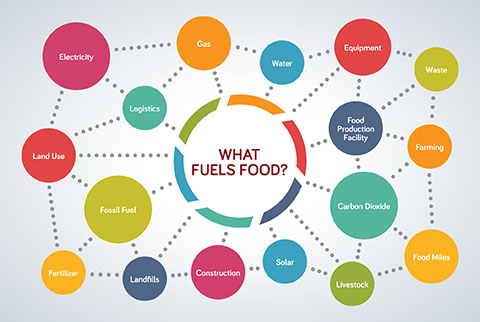
Admittedly, there are too many variables to derive a onesize-fits-all solution but the F&B industry plays a big role in this problem. To make a point, a non-profit organisation known as ZeroFoodprint attempted to study how much a restaurant meal impacts the environment by assessing the greenhouse gas emissions of a meal. The study looked at the emissions from a fine dining restaurant, a steakhouse and a homecooked meal based on 6 main areas:
• Deliveries – frequency and size of trucks delivering supplies to restaurant and emissions associated with driving to get groceries and back for home meal.
• Foraging – only applicable to the fine dining restaurant that traveled by car to foraging area.
• Electricity use.
• Other energy use,specifically natural gas.
• Waste breakdown and hauling.
• Ingredients – emissions associated with the cultivation and/or production of the raw ingredients.
The following table is the results of ZeroFoodprint’s study. We must stress it does not represent the F&B industry in totality but could serve as a preliminary indication of the fuel used to cook a plate of food.
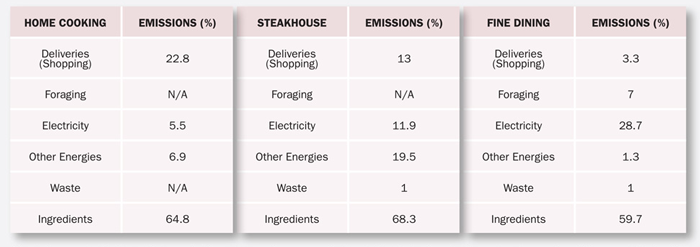
LOOK AT YOUR FACILITY
It could be more viable for operators to work within their food production areas and find out how the facility uses energy; like this following example. A study by University of Reading
selected 14 gastro-pubs in United Kingdom with similar traits in terms of menu and appliances used.
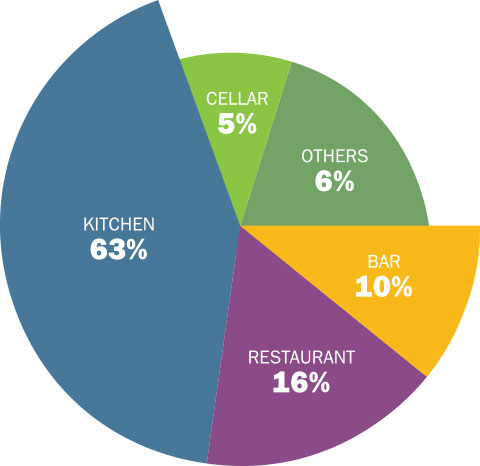
Figure 1:Energy consumption by area
Although there is a general set-up template for the pubs, given they are par t of a chain; the layouts, makes, models, capacities and volumes of appliances still differ. Monitoring was carried out for a year and takes into account the energy used by the whole building and narrowed down to energy consumption according to equipment usage.
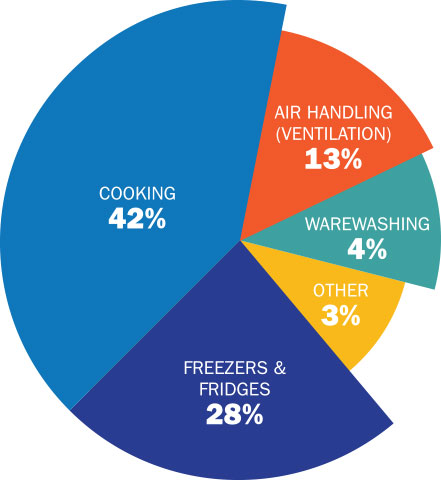
Figure 2:Energy consumption by equipment
The above mentioned studies are only scratching the surface of the situation. Can there be a concerted effort within the industry to be more mindful of its energy emissions? It will be difficult to implement changes and new habits but as F&B entrepreneurs; you are at the position to bring about change through cer tain measures in your premise and to keep doing it so that “going green”does not become a World Environment Day buzzword but your customers are impacted to incorporate these practices into their lifestyle as well. We look at some initiatives around the world by the hospitality industry to cut down their carbon footprint.








